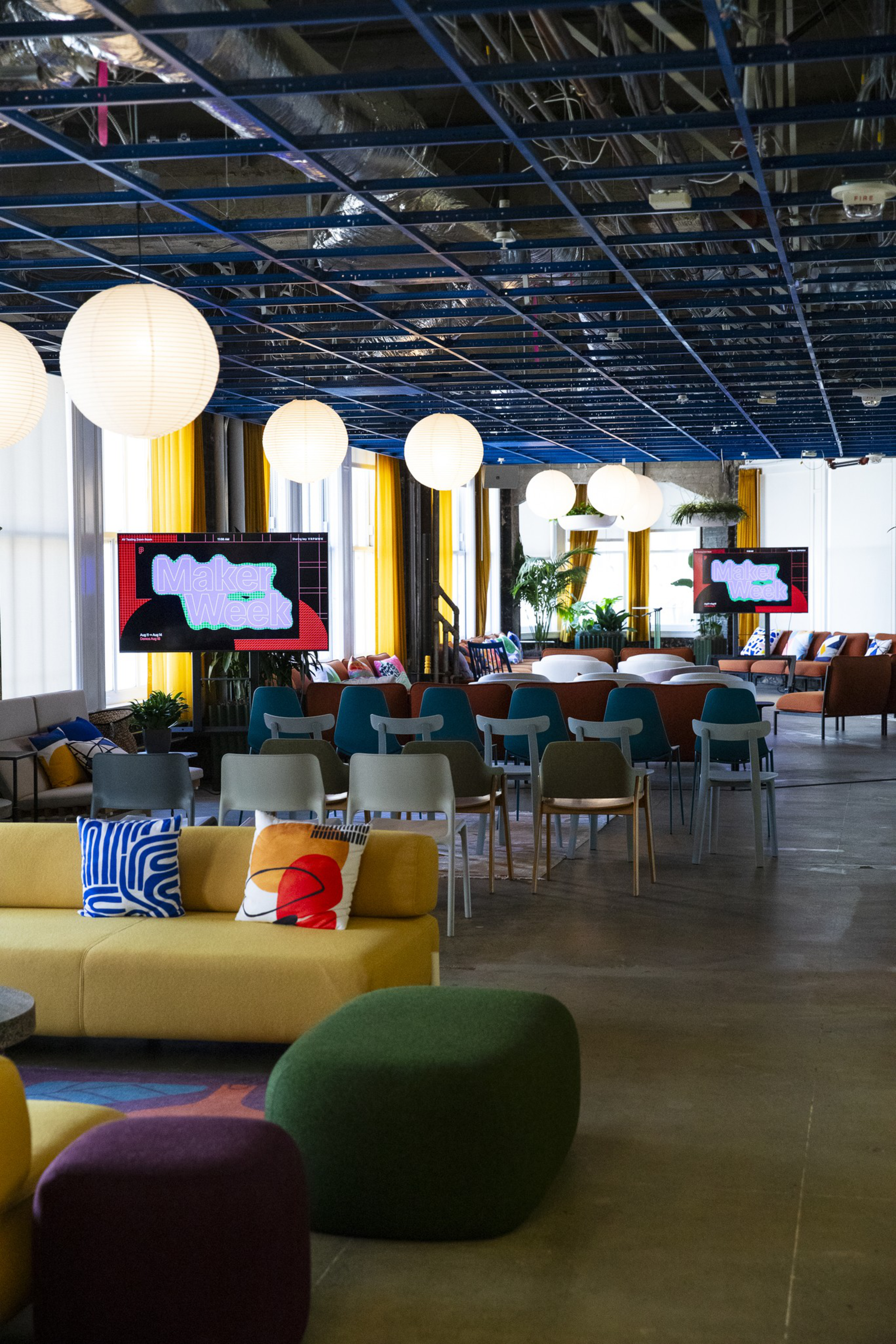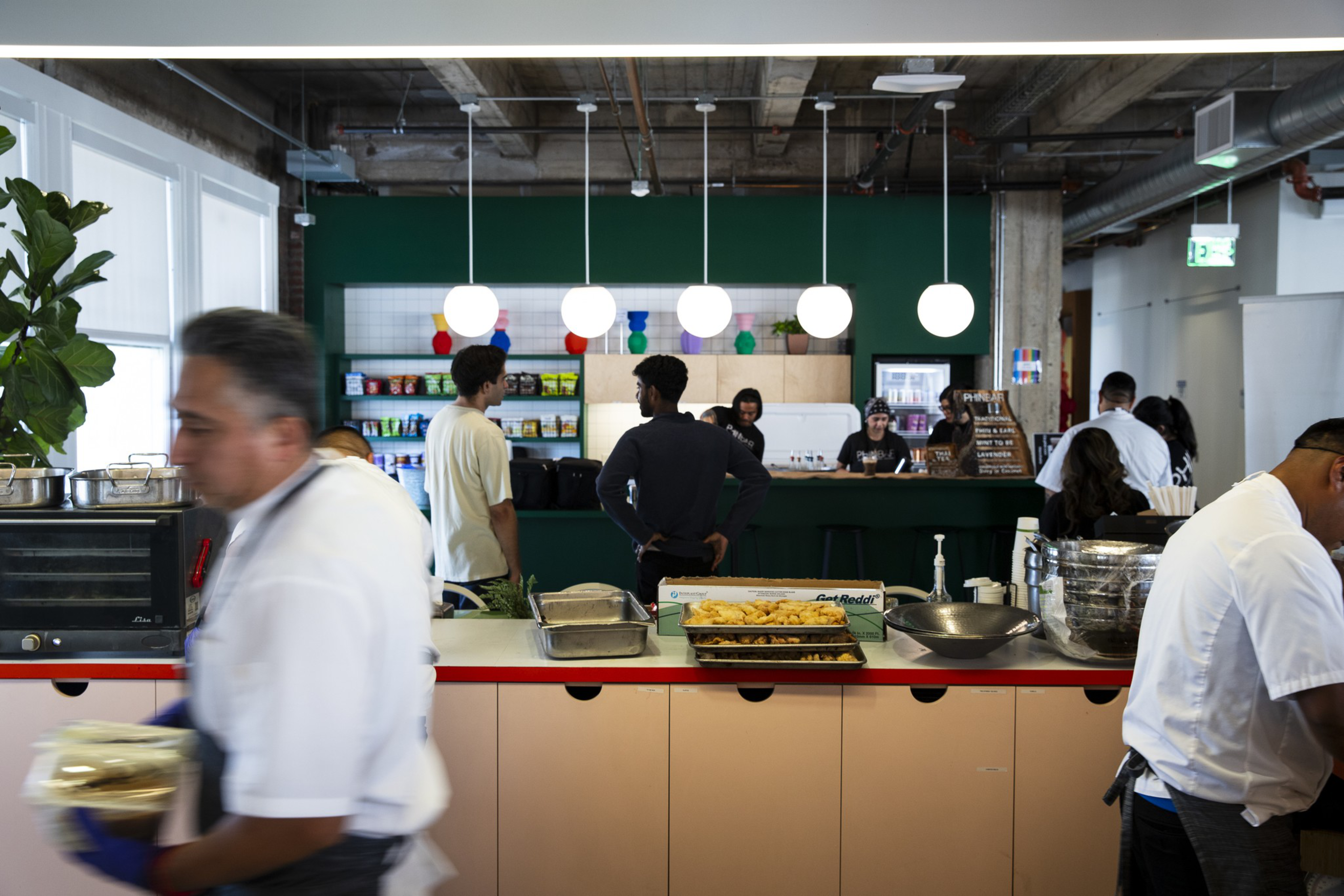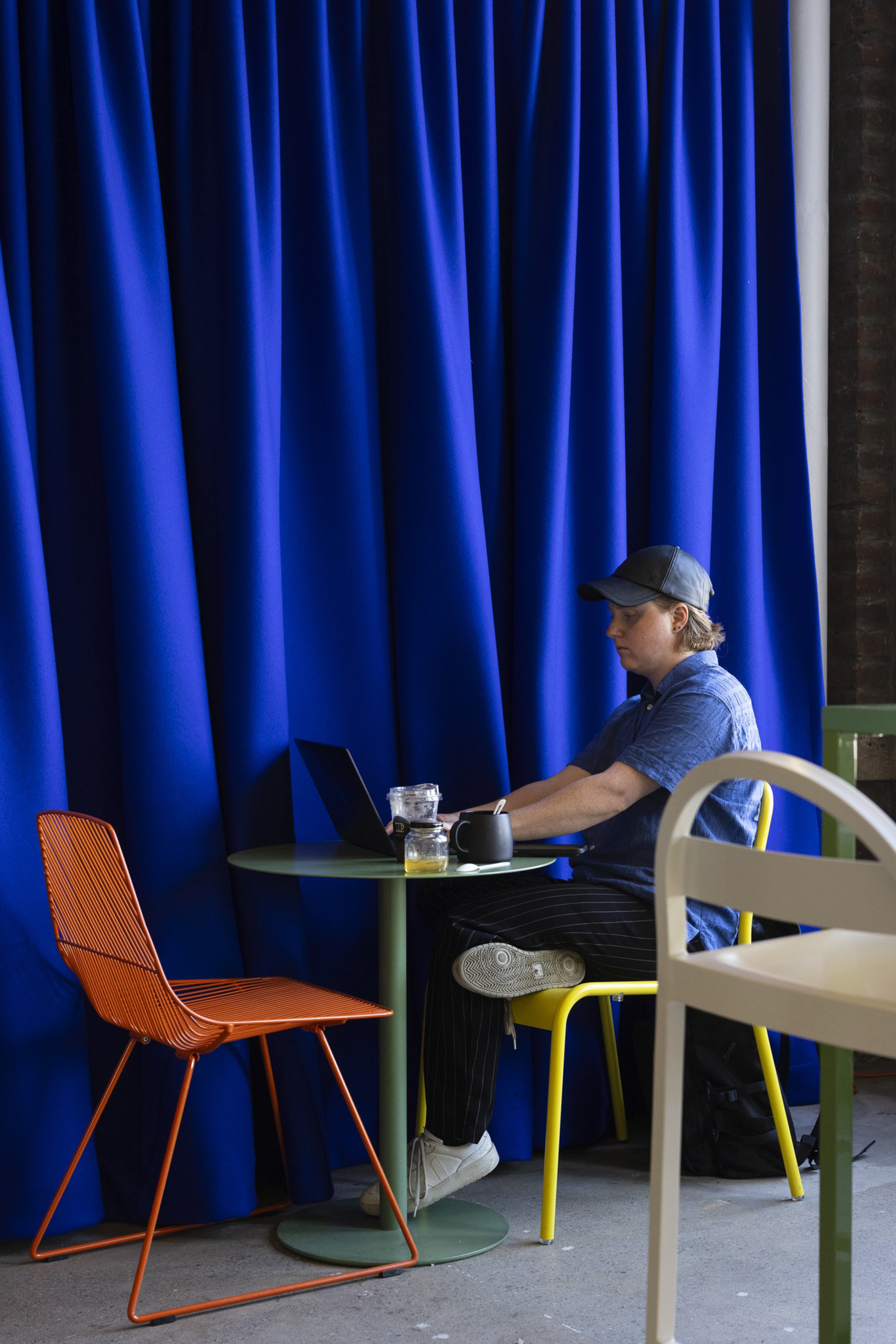Two weeks ago, Figma CEO Dylan Field traveled east to do something increasingly rare for a tech leader: ring the opening bell on the New York Stock Exchange. His design software company, which he cofounded 13 years ago as a college student, had gone public.
By day’s end, Figma was valued at roughly $68 billion — one of the most explosive IPOs in decades, joining the ranks of Uber, Airbnb, and Snowflake — Field’s net worth soared past $5 billion. (In the weeks that followed, the stock had dropped 31% and the market cap had settled in at $38 billion.)
But while its founder basked in Wall Street’s embrace, at the company’s San Francisco headquarters, Figmates (as employees call themselves) faced a new challenge: retaining the company’s playful, eccentric culture without succumbing to the pressures of the public market.



Figma, which creates collaborative design tools, occupies four floors of the Phelan Building on Market Street. It’s an aesthetic wonderland, with the brand’s bright colors splashed onto exposed brick columns, murals by local artists covering the walls, and vibrant rugs pulling the space together.
“We try to have our brand feel similar, both digitally and physically,” said VP of design Noah Levin, who has been at Figma for eight years. “It feels kind of like a party, like a space where you want to come in and make something fun.”
Unlike most other tech companies, Figma has no return-to-office mandate. But on a recent visit, hundreds of employees opted to show up in person, enjoying a catered breakfast and a pop-up Vietnamese coffee bar. One staffer typed on a laptop while petting a chihuahua-terrier mix; another chipped away at a 1,000-piece jigsaw puzzle.

Employees were crowded into the office for the company’s annual “Maker Week” tradition, in which they pause regular responsibilities in favor of passion projects. The mood felt like a return to tech’s euphoric, utopian years of the 2010s — quite out of character with Silicon Valley’s current shut-up-and-grind, perk-cession era (opens in new tab).
“Figma is just a bunch of wonderfully friendly nerds solving hard problems and having fun while doing so,” said Nikolas Klein, a product manager from Germany who joined the company as an intern eight years ago.
That “friendly nerd” spirit shows up in unexpected ways. During the pandemic, employees wrote and performed the 20-minute musical “Figma in Quarantine,” (opens in new tab) and the San Francisco office’s arts-and-crafts studio houses a growing crocheted quilt.


Now that the company is public, its executives are trying to shield workers and the Figma culture from the demands of quarterly earnings expectations through organized play.
“In normal times, the stock price probably would constantly be hanging over us,” said Sho Kuwamoto, VP of product. “But these are not normal times.”
As AI allows more people to generate software without any coding background, superior product design will become a distinguishing factor, he said.
“So as long as we keep helping people accomplish that, the issue of stock price will take care of itself.”
When Kuwamoto joined a decade ago, Figma was located in a tiny Minna Street alley and had no product. What began as a Brown University dorm project in 2012 is now a juggernaut with 13 million monthly active users and $749 million in annual revenue.
Figma’s products have become so popular that Adobe, the largest design company by market cap, planned to acquire it for $20 billion in 2023. But after antitrust pushback from the U.K. and the EU, Adobe abandoned the merger, paying Figma a $1 billion breakup fee in the process.



It's supposed to be fun
One recent Maker Week project was hatched when five employees from various departments gathered in a 10th-floor meeting room called “Muffin Hands.” Their goal: automate the company’s meeting icebreakers.
None were engineers, but within five days they had vibe-coded a working prototype — a gumball-machine-like pop-up that spits out prompts such as, “What’s your favorite way to eat potatoes?” or “What’s your best meeting with a celebrity?”
“These ideas aren’t just for fun,” said Levin, who helped produce the company’s musical. “They can inform our product roadmap.”


Since 2018, Figma executives have purposefully set aside time for the annual tradition centered on creativity and cross-team collaboration. Past Maker Weeks have yielded core products such as Figma Slides and an add-on for Google Classroom.
“Normally at these sorts of things, engineers just get really competitive, and everyone else gets excluded,” Kuwamoto said. “Here, it is genuinely about finding joy in your work. That’s how you get the best output out of people.”
Five years ago, Figma employed about 150 people and just one outside the U.S., in London. Today, the company has 1,600 employees at eight global offices in addition to its San Francisco headquarters. As it continues to grow, Chief People Officer Nadia Singer is being intentional about preserving the company culture.

“There are some things we want to evolve, but there are some things we want to keep forever,” Singer said. Those include not only the ability to deal with ambiguity but the potential for ideas to come from anywhere.
Kylie Chang joined Figma this summer as an intern, helping to build AI enhancements for the company’s tools. What stood out about the 19-year-old’s résumé wasn’t her Ivy League pedigree but that she started playing around with Figma in middle school and used it to design an app that functioned as a virtual museum for her artwork.
“It’s easy to strike up conversations here and ask for help,” Chang said. “It’s surreal getting to work on a product I grew up using all my life.”
And did she get stock options?
“I was paid in great memories,” she said.
